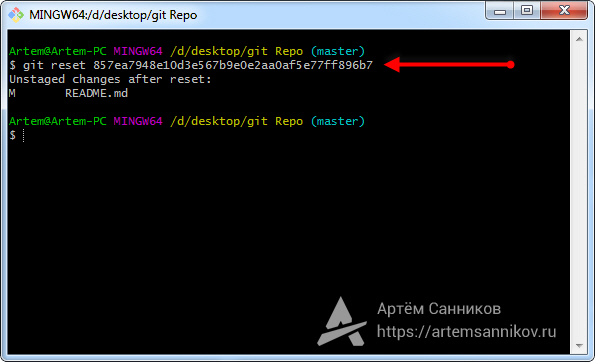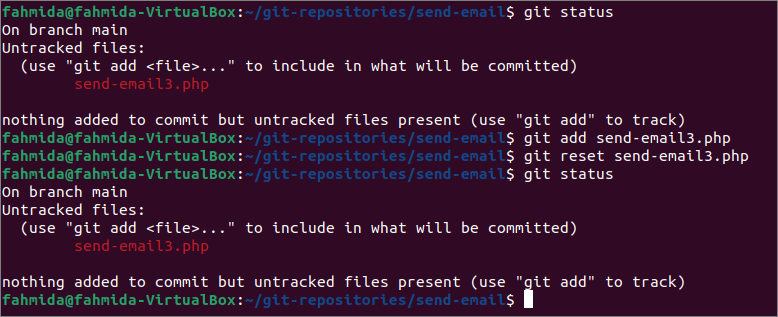
It's possible to make Bazaar work in the latter mode as well, but it's not very well supported.
#GIT RESET ORIGIN CODE#
In Git, you can configure many remote repositories and work with code from multiple sources using a single working tree. You can change this place at any time, but Bazaar remembers only one value for you. In Bazaar, you conceptually submit your work to only one place - the push branch.Cloning a Git repository by default retrieves all of its commits and branches. Repositories in Git are collections of commits, and branches are just pointers to particular commits that are updated after each git commit command. Repositories in Bazaar are storage locations for potentially multiple branches. Bazaar is branch-oriented, while Git is repository- and commit-oriented.Git revisions (called commits in the documentation) are identified by cryptographic hashes which are strings of 40 hexadecimal numbers, though it is possible to also refer to them by a sequential number since the last tag (see git describe). Bazaar revisions are identified by sequential numbers.Here are the most important differences between Bazaar and Git: git - the simple guide - short and sweet, enough to get started.git diff HEAD^^ HEAD^ - Examine second to last commit.git diff xxxxx yyyyy - Difference between xxxxx and yyyyy.git stash pop - Restore changes stashed by 'git stash'.git stash - Move changes in directory out of the way (in order to 'pull' in changes).git remote -v - Shows remote repository (should be: origin git checkout filename - Reverts 'filename' to repository version.git push - Push your locally committed changes to remote repository.git commit - Commit your changes locally (after adding).git add - Add files to the list that will be committed.Git pull -rebase -autostash - Same as above, but automatically stashes your local changes before pulling. Good for keeping things in order when you push your commits.

#GIT RESET ORIGIN UPDATE#
git submodule update -init -recursive - Initialize submodules in your local repo (yes, inkscape has submodules since the 1.0 release).git pull - Updates local repository from remote repository.git status - Returns status of your local repository.4.3 Use ccache to speed up compilation after switching branches.4.2 Checkout multiple branches into different folders.
#GIT RESET ORIGIN DOWNLOAD#

A file can have different contents in each of these locations. When you’re in the process of gathering changes, you stage files. Files that you commit ultimately end up in the repository.

The files you edit locally belong to the working tree. The following terms are key to understanding the difference: working tree, staging area, and repository.

On other occasions, you might want to roll back changes that you've already committed to the repository. Sometimes, you’ll want to undo local changes so a file is back in sync with the current repository. Also, the git reset command might not match your expectations for what resetting means. It’s important to note that resetting a file might mean different things to different people under different circumstances. Get to know the details of these commands and you’ll be jumping around your file history like an expert in no time. Git checkout, git reset, and git restore are commands that can help you revert to a previous version not just of your codebase, but of individual files, too.


 0 kommentar(er)
0 kommentar(er)
